Rightway Audio Consultants Ltd.
Case Share: SOUNDS OF THE NHL IN THE BUBBLE
Huahui Audio 2021-09-23
This is the first in a series of articles on DiGiCo’s AREA4 that will demystify what this easy to install and operate system can do in a multitude of environments from stadiums, Houses of Worship and cruise ships, to live environments such as festivals, by talking to some of the world’s most experienced audio designers.
Here, Scott Willsallen, audio director and sound designer at Emmy Award-winning audio visual design consultancy, Auditoria, talks about his use of AREA4 as an essential element of the audio system for an extensive technical upgrade at the world’s tenth biggest stadium, the illustrious Melbourne Cricket Ground (MCG) in Australia.
Auditoria has worked on projects of considerable proportions, including installations at the Bankwest Stadium in Western Sydney, Sydney Opera House and ANZ Stadium, as well as the audio broadcast for four Olympic Games, two Commonwealth Games and two rugby world cup tournaments. Willsallen’s initially understated recollection belies the fact that the MCG had released an open tender document, the bidding process for which was rigorous, and the scale of the project was enormous. In fact, this was by far the biggest job the company had done.
“There was the 100,000 seater bowl, plus all the back of house areas including restaurants, bars and function areas,” says Willsallen. “It was massive on every level, from the quantity of the spaces, to the area of each them and the level of performance the MCG was after. In most stadium installations, the bowl would be 50 or 60% of the job, but in this case it came down to just 30 to 40%.”
To add to the complexity of the project, the stadium was built in two halves, the North half having been finished in 2006 and South in 1992. Their architectural styles are dramatically different, providing some interesting challenges for the Auditoria team in the design of the system.
“For the bowl there’s a front of house, events style system and says Willsallen. “We used one solution for the automated system and incorporated AREA4 into the front of house system.”
For the front of house system, there are two modes; a game day mode and a minor event mode. The game day mode uses a DiGiCo SD9 mixing console with a Waves package. There is also a small deployable Stage Rack that can be placed anywhere in the stadium for a pre-game band, for example. This all operates in the typical front of house mixer environment. A second system acts as a backup for the console.
“For minor events, we needed something that would do two things: a corporate activation, maybe event in one part of the stadium, with the presenter then walking out into the bowl and then a video starting,” Willsallen explains. “This would generally require a technician to come in each time, which becomes quite expensive. The MGC wanted a solution where one video operator could simply push up a fader without having to touch the console. That’s where AREA4 comes in.”
a dual redundant pair of AREA4s sits on the same network as the console, racks, etc, and comprises two frames and two Acontrol8s. These are multi-layer programmable remote control panels that can be configured as a single-zone or multi-zone remote control, or compact mixing interfaces.
One Acontrol8 sits next to the console as a backup, the other is integrated into the video system. This means that for a small event, the video operator has a fader or two that can be used for audio replay and video. It also acts as a backup for the main console and a fader panel for really simple events.
“The programming of the AREA4, from band new in a box to it passing audio, was done in a just few hours,” Willsallen concludes. “The user interface feels more like you’re mixing sound than programming a computer, and its integration within the DiGiCo ecosystem means it’s familiar to anyone who knows DiGiCo consoles. There aren’t that many tactile control surfaces available and the Acontrol6 and 8, especially the 8, really does feel like a console.
“To be able to do what we regularly do on installations, stadium or not – Houses of Worship are another prime example – you may not have skilled operators for the console available all the time, but there are probably events of varying scales going on at other times. A 48 channel console is daunting to an unskilled person, but the simple interface of AREA4 is accessible for everyone. There’s no other product that I know of that allows that level of scalability.”
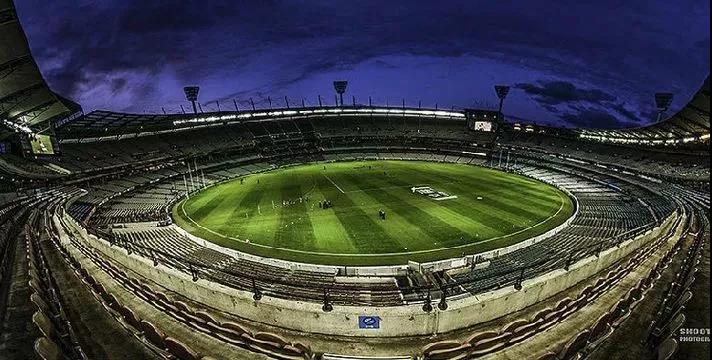
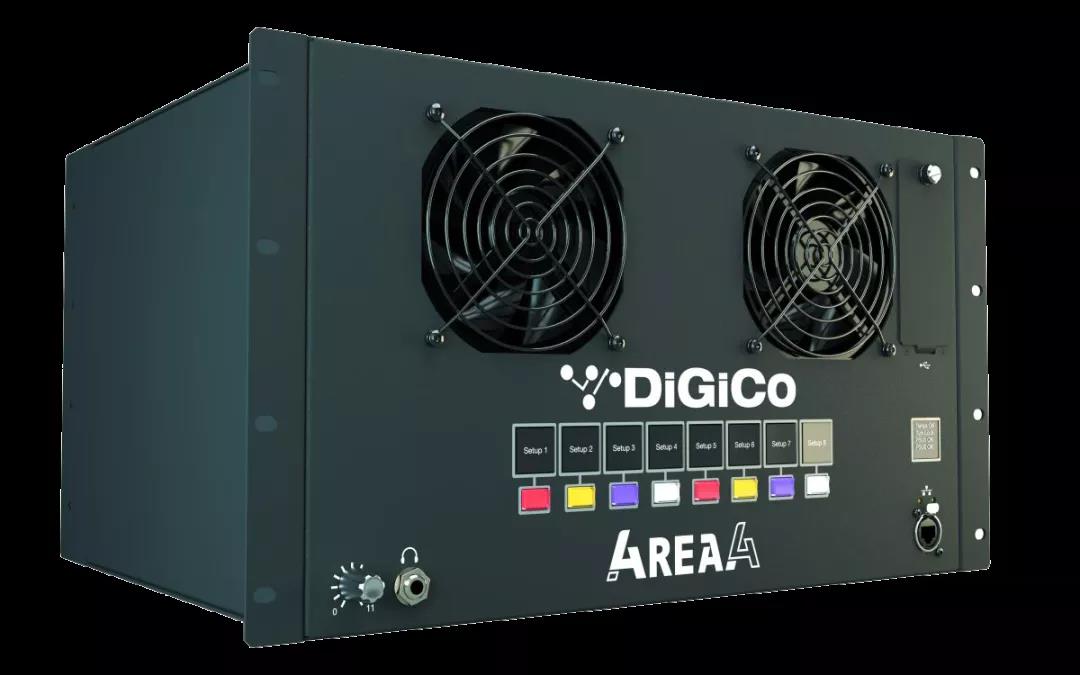
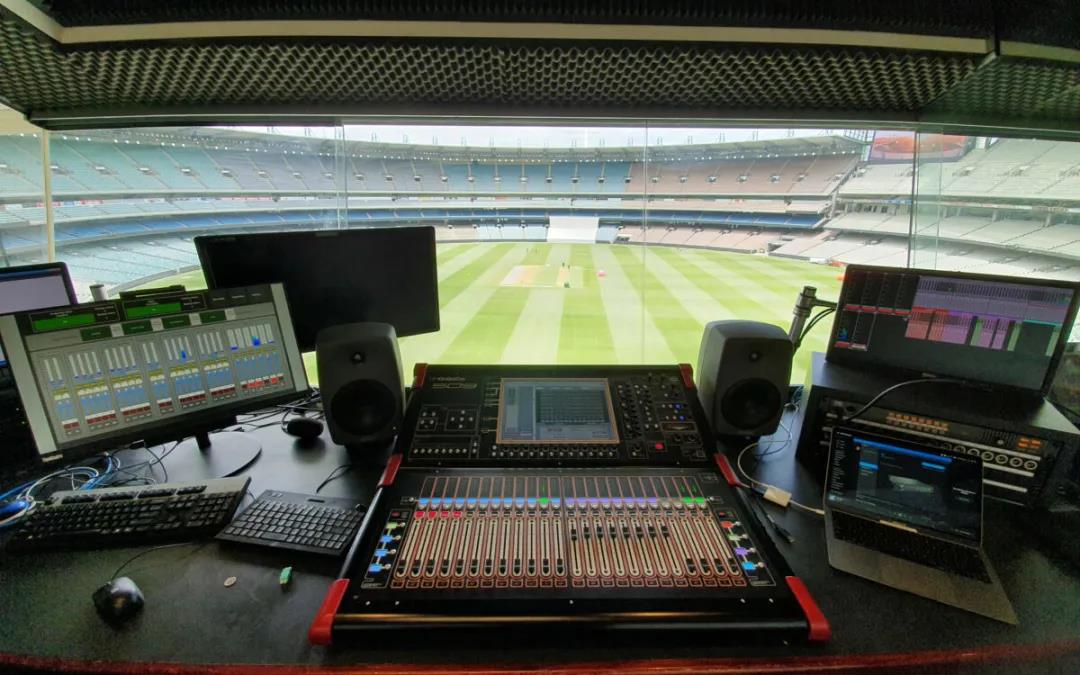
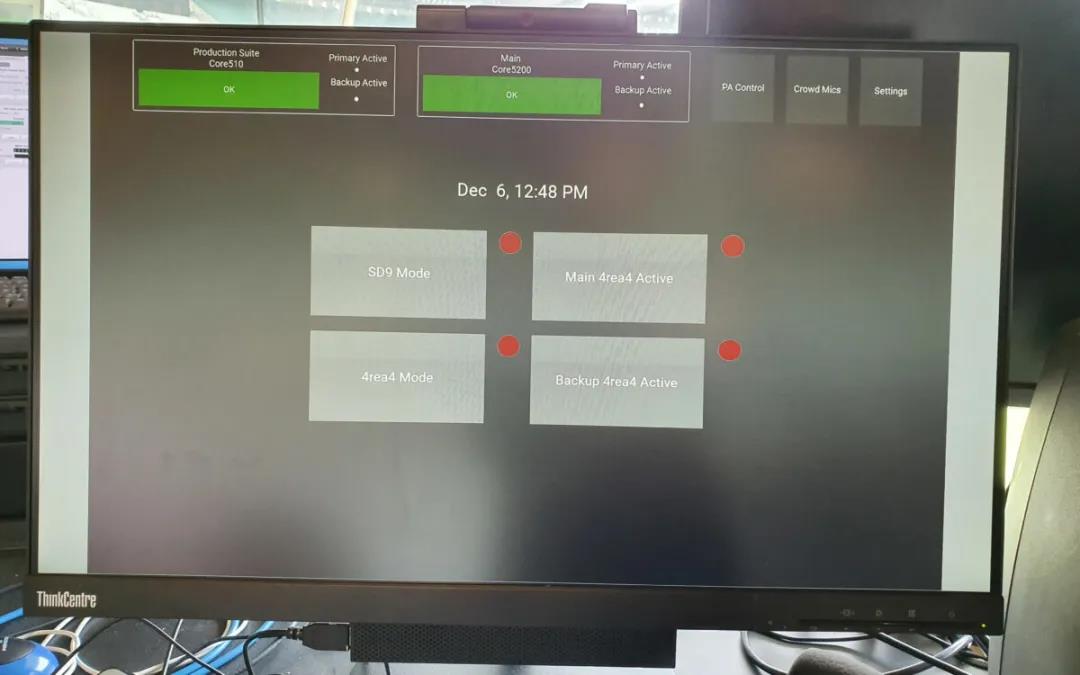
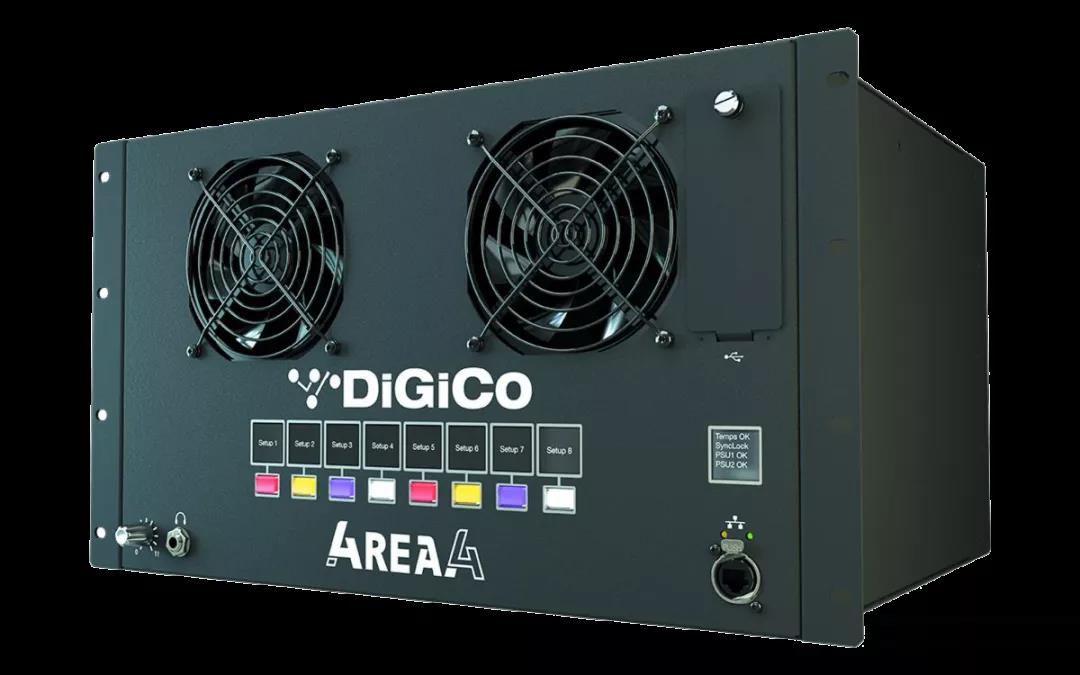



 Permanent Installation
Permanent Installation  Radio Broadcasting
Radio Broadcasting  Arts Performing
Arts Performing  Touring & Rental
Touring & Rental  Technical Reference
Technical Reference  Others
Others  Oversea Application
Oversea Application 


